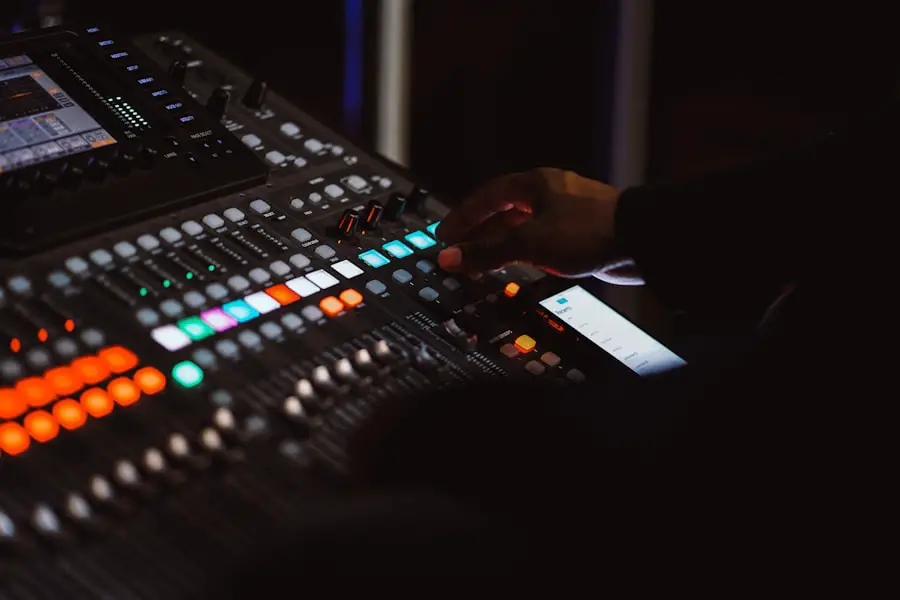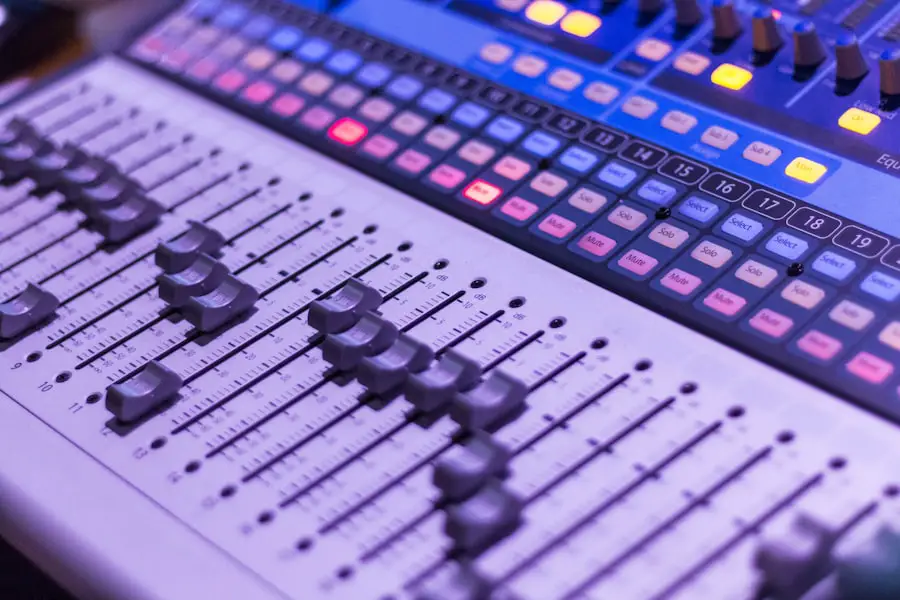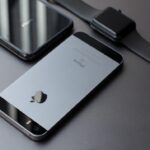The phenomenon of volume spiking on iPhones can be a perplexing and frustrating experience for users. This issue manifests as sudden, unexpected increases in audio output, often resulting in startling sounds that can disrupt conversations, music enjoyment, or media playback. Volume spiking can occur during phone calls, while listening to music, or even when notifications sound.
The inconsistency of volume levels can lead to discomfort and annoyance, prompting users to seek solutions to regain control over their audio experience. Understanding the underlying mechanics of how an iPhone manages audio is crucial to addressing volume spiking. The device utilizes a combination of hardware and software to regulate sound output, including digital signal processing and volume control algorithms.
When these systems malfunction or are influenced by external factors, users may experience erratic volume changes. This issue can stem from various sources, including software glitches, hardware malfunctions, or even user settings that inadvertently contribute to the problem.
Key Takeaways
- iPhone volume spiking is a common issue that can cause sudden and unexpected increases in volume while using the device.
- Common causes of iPhone volume spiking include software glitches, hardware issues, and water damage.
- You can identify if your iPhone is experiencing volume spiking by paying attention to sudden changes in volume, checking for software updates, and testing the device with different audio sources.
- Troubleshooting tips for iPhone volume spiking include restarting the device, checking for software updates, and resetting the device’s settings.
- Steps to fix iPhone volume spiking issue include updating the device’s software, checking for hardware issues, and restoring the device to its factory settings if necessary.
Common Causes of iPhone Volume Spiking
Several factors can contribute to the occurrence of volume spiking on an iPhone. One of the most prevalent causes is software-related issues. iOS updates, while designed to enhance performance and security, can sometimes introduce bugs that affect audio management.
For instance, a new update might inadvertently alter the way the device processes audio signals, leading to unpredictable volume changes. Additionally, third-party applications that access audio functions may not be fully compatible with the latest iOS version, resulting in erratic behavior. Another common cause of volume spiking is hardware-related problems.
The physical components responsible for audio output, such as the speaker or headphone jack, may become damaged or malfunction over time. Dust and debris can accumulate in the speaker grille, affecting sound quality and volume consistency. Furthermore, if a user frequently connects their iPhone to various audio devices via Bluetooth or wired connections, compatibility issues may arise, leading to unexpected volume fluctuations.
How to Identify if Your iPhone is Experiencing Volume Spiking

Identifying whether your iPhone is experiencing volume spiking involves paying close attention to audio behavior during different activities. Users should take note of any sudden increases in volume during phone calls, music playback, or while using apps that produce sound. If the volume unexpectedly jumps to a higher level without any manual adjustment, it is a strong indicator that volume spiking is occurring.
Additionally, users may notice that the volume control slider behaves erratically, moving up or down without user input. Another method for identifying volume spiking is to observe patterns related to specific applications or scenarios. For example, if the issue consistently arises when using a particular app or during certain types of media playback, it may point to a software conflict or compatibility issue.
Keeping a log of when and how often the volume spikes occurs can help in diagnosing the problem more effectively. This information can be invaluable when seeking assistance from technical support or when attempting to troubleshoot the issue independently.
Tips for Troubleshooting iPhone Volume Spiking
| Issue | Possible Cause | Solution |
|---|---|---|
| Volume spiking during calls | Software glitch or app interference | Restart iPhone, update software, check for app updates |
| Volume spiking with headphones | Headphone jack issue or headphone compatibility | Clean headphone jack, try different headphones |
| Volume spiking with Bluetooth | Bluetooth connection problem | Forget and re-pair Bluetooth device, update Bluetooth firmware |
| Volume spiking after iOS update | Software compatibility issue | Reset all settings, contact Apple Support |
When faced with the challenge of volume spiking on an iPhone, there are several troubleshooting steps users can take before seeking professional help. One of the first actions is to restart the device. A simple reboot can often resolve temporary glitches that may be causing erratic audio behavior.
To restart an iPhone, users should press and hold the power button until the “slide to power off” option appears, then slide to turn off the device. After waiting a few moments, turning it back on can refresh system processes and potentially eliminate the issue. Another effective troubleshooting step involves checking for software updates.
Apple regularly releases updates that address bugs and improve overall performance. Users should navigate to Settings > General > Software Update to see if any updates are available for their device. Installing the latest version of iOS can resolve known issues related to audio management and enhance compatibility with third-party applications.
Additionally, users should consider reviewing their app permissions and settings to ensure that no applications are interfering with audio output.
Steps to Take to Fix iPhone Volume Spiking Issue
If troubleshooting does not resolve the volume spiking issue, users may need to take more definitive steps to fix it. One approach is to reset all settings on the iPhone. This action will not erase personal data but will reset system settings such as Wi-Fi passwords and display preferences.
To perform this reset, users should go to Settings > General > Transfer or Reset iPhone > Reset > Reset All Settings. This process can help eliminate any misconfigurations that may be contributing to the problem. In some cases, restoring the iPhone to factory settings may be necessary if all else fails.
This step erases all data and settings on the device, returning it to its original state as it was when first purchased. Users should back up their data via iCloud or iTunes before proceeding with this option. To restore factory settings, navigate to Settings > General > Transfer or Reset iPhone > Erase All Content and Settings.
After completing this process, users can set up their device as new or restore from a backup while monitoring for any recurrence of volume spiking.
Seeking Professional Help for iPhone Volume Spiking

If users have exhausted all troubleshooting options without success, it may be time to seek professional assistance. Apple provides support through its retail stores and authorized service providers, where trained technicians can diagnose hardware issues that may be causing volume spiking. Users can schedule an appointment at an Apple Store or contact Apple Support online for guidance on how to proceed.
When visiting a service center, it is beneficial for users to provide detailed information about their experiences with volume spiking. Describing specific instances when the issue occurs and any troubleshooting steps already taken can help technicians pinpoint potential causes more efficiently. In some cases, hardware repairs or component replacements may be necessary if a malfunctioning speaker or other internal parts are identified as the source of the problem.
Preventing Future Occurrences of iPhone Volume Spiking
To minimize the likelihood of encountering volume spiking issues in the future, users can adopt several preventive measures. Regularly updating the iOS software is one of the most effective ways to ensure optimal performance and compatibility with applications. Users should enable automatic updates in Settings > App Store > App Updates so that they receive the latest fixes and enhancements without needing manual intervention.
Additionally, maintaining good device hygiene can prevent hardware-related issues that contribute to volume spiking. Keeping the speaker grille clean and free from dust and debris is essential for ensuring clear audio output. Users should also be cautious when connecting their iPhones to external audio devices; ensuring compatibility and using high-quality cables can help avoid potential conflicts that might lead to erratic volume behavior.
Managing iPhone Volume Spiking for a Better User Experience
Managing volume spiking on an iPhone requires a combination of understanding the issue’s underlying causes and implementing effective troubleshooting strategies. By being proactive in identifying symptoms and taking appropriate steps—whether through software updates, resetting settings, or seeking professional help—users can significantly improve their audio experience on their devices. With careful attention and maintenance, it is possible to prevent future occurrences of this frustrating issue and enjoy a seamless interaction with one of today’s most essential technological tools.
If you are experiencing issues with your iPhone’s volume increasing on its own, you may want to check out this article on getiphoneinfo.com for some troubleshooting tips. This website offers helpful information on various iPhone-related topics, including common problems and solutions. By following their advice, you may be able to resolve the issue with your device’s volume fluctuating unexpectedly. For more assistance or inquiries, you can also reach out to them through their contact page. Additionally, you can review their privacy policy to ensure your information is protected while seeking help.
FAQs
Why is my iPhone volume going up by itself?
There are several possible reasons for your iPhone’s volume to increase on its own. It could be due to a software glitch, a hardware issue, or interference from an external source.
How can I troubleshoot my iPhone’s volume issue?
You can start by checking for any software updates and restarting your iPhone. If the issue persists, you can try cleaning the headphone jack and the speakers, as dirt and debris can sometimes cause erratic volume behavior.
Could a faulty headphone or Bluetooth device be causing the volume to increase on my iPhone?
Yes, a faulty headphone or Bluetooth device could potentially send incorrect signals to your iPhone, causing the volume to increase unexpectedly. Try disconnecting any connected devices to see if the issue resolves.
Is there a way to reset my iPhone’s settings to fix the volume issue?
Yes, you can reset your iPhone’s settings to see if that resolves the volume issue. Go to Settings > General > Reset > Reset All Settings. Keep in mind that this will reset all your settings to their default values, so make sure to back up any important data before proceeding.
When should I consider seeking professional help for my iPhone’s volume issue?
If you have tried troubleshooting steps and the volume issue persists, it may be time to seek help from an authorized Apple service provider or visit an Apple Store for further assistance.










